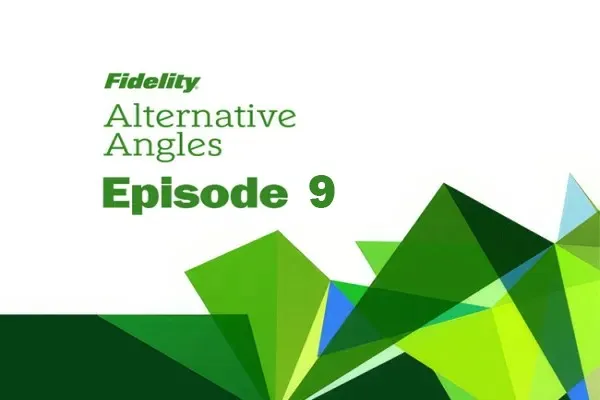To view a PDF of the report, click here.
Slightly higher oil prices, improved liquidity and solid capitalization are keeping the banking sector stable in the Persian Gulf.
Despite current economic and funding pressures, banks in the Persian Gulf region are generally stable after a stressful 2016 that was brought on by the dramatic drop in oil prices. Having now settled in the low-$50-a-barrel range—while decidedly lower than hopeful levels of $70 or more—slightly higher prices have provided some welcome relief.
“There is more confidence now than at the same time last year,” says Olivier Panis, a Vice President at Moody’s. Government deficits in Gulf Cooperation Council (GCC) countries are unlikely to disappear, but public spending, while curtailed, should continue. Banks are lending increasingly to non-oil sectors, like construction, retail and technology, which are growing in the region as part of directed economic diversification efforts, but those sectors remain heavily dependent on government spending and oil. “Despite fiscal reforms, government spending and economic support will be generally maintained,” Panis says. Aggregate GDP growth of GCC countries is expected to reach 2 percent in 2017, slightly above the 1.9 percent seen in 2016; non-oil GDP growth is forecast to be higher.
Liquidity dramatically tightened in 2016, as lower economic growth and fiscal deficits slowed deposit inflows from both public and private sectors. Government entities, always large bank depositors and borrowers in this region, began to make withdrawals and issue debt, mostly in the local markets, to cover shortfalls. The situation began to improve when GCC sovereigns began to issue bonds in international markets. Saudi Arabia’s first international issuance, in October 2016, was valued at $17.5 billion—the largest recorded emerging-market bond, almost doubling Qatar’s $8 billion issue, which set the previous record. New international investment broke the cycle of banks borrowing money to buy their countries’ own bonds, and injected fresh liquidity into the banking systems.
The GCC is in a decidedly lower-for-longer economic environment. “Governments are adjusting to the new reality with spending cuts, eliminating subsidies, postponing infrastructure projects and introducing new taxes,” says Mohamed Damak, a Senior Director at S&P Global Ratings. Private-sector lending growth could reach 5−7 percent on average in 2017−2018; it halved to 5 percent on average in 2016 compared with 10 percent the year before. Strategic initiatives, like the Dubai Expo 2020, the World Cup in Qatar in 2022 and Kuwait’s ongoing government spending increases, should help. Many believe the region is overbanked, but despite the National Bank of Abu Dhabi’s recent merger and other proposed high-profile deals, a consolidation wave is not expected. “Bank ownership structures in the region make M&A difficult, especially with positive capitalizations,” Damak says.
The region’s largest institutions, such as Qatar National Bank (QNB), have looked beyond their small domestic markets and even the Gulf and MENA regions for growth opportunities. QNB has nearly doubled its assets to $198 billion over the past five years, and it is now the largest lender, by assets, in the Middle East and Africa. This was achieved by increasing lending in its home market and making acquisitions, such as Turkey’s Finansbank in June 2016, and other institutions in Egypt. The bank also began operations in Saudi Arabia in early 2017, offering wholesale and corporate banking services, including structured and project finance. Already active in more than 30 countries, QNB is now expanding in Southeast Asia.
The region’s banks remain very well capitalized. Despite asset quality deterioration from slowing economic activity and tightening liquidity, particularly in the construction, real estate and SME segments, non-performing loan ratios should remain at 3−4 percent in 2017, and the region’s banks have solid buffers to absorb shocks. “They accumulated reserves when profits were high, and their provisioning capital levels remain very strong,” says Panis.
—Howard Moore





